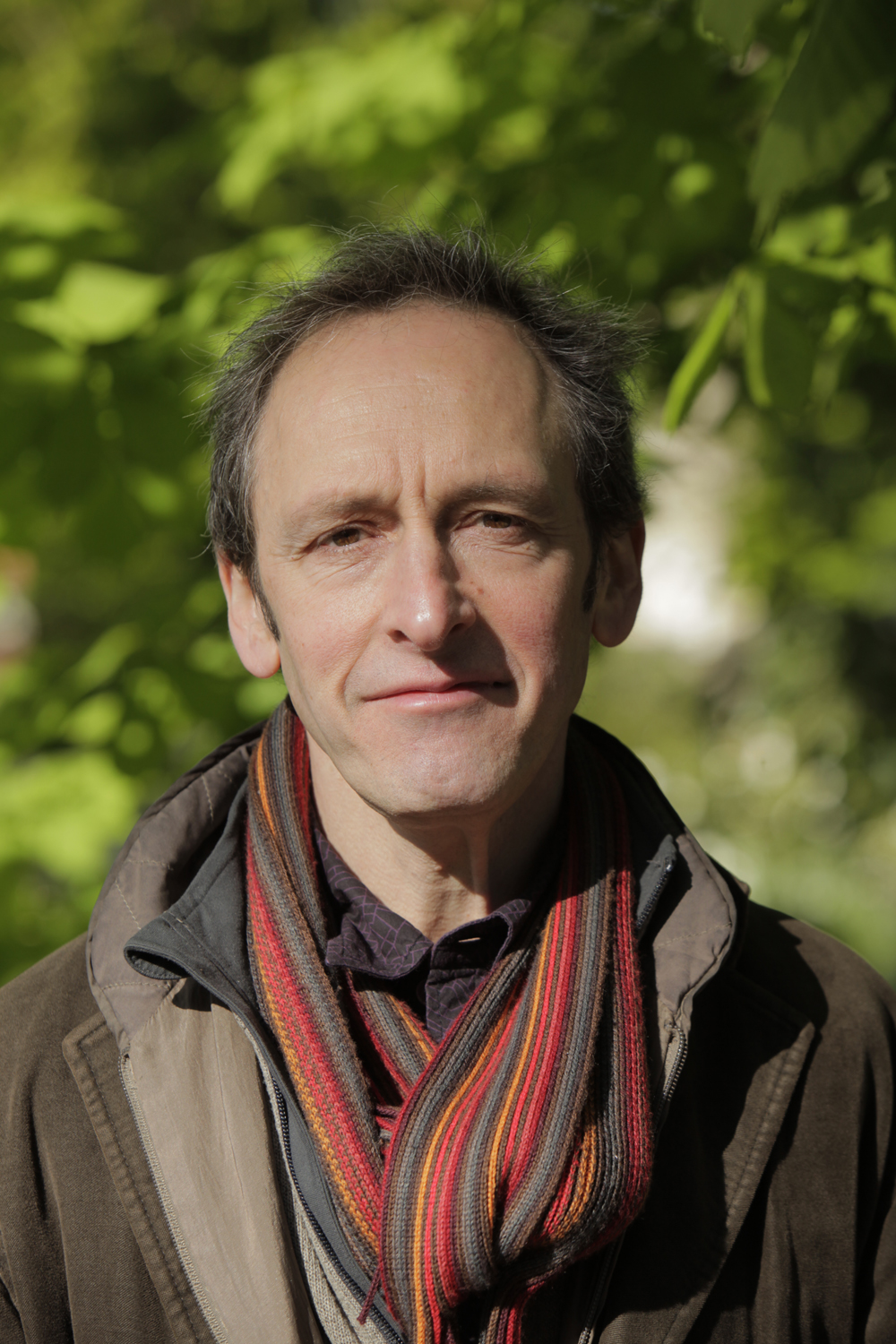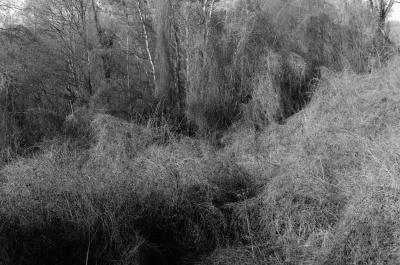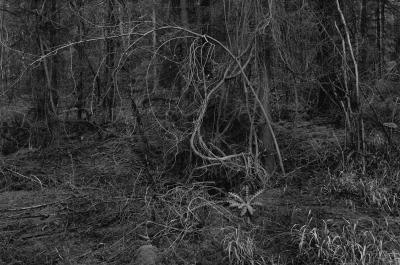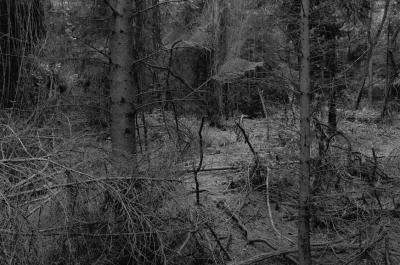Gilbert Fastenaekens
"Noces"
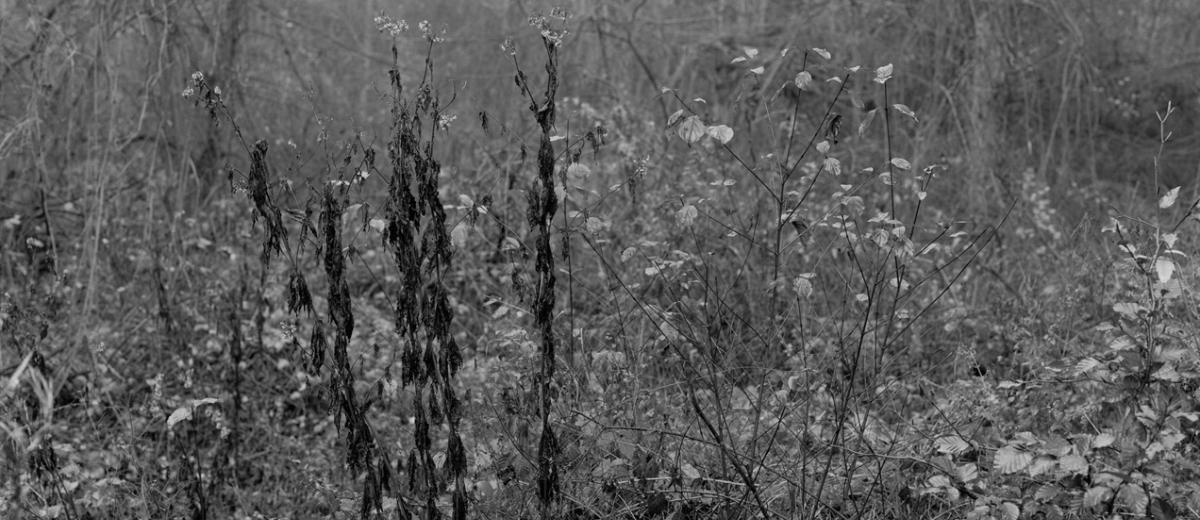
Noces [Nuptials] is a close echo of an area of landscape (Gilbert Fastenaekens’s favourite theme), a defined portion of a forest in the Champagne-Ardenne region, photographed in the finest detail between 1988 and 1996. The black and white baryta prints have a medium format. The very concept of the landscape already finds itself reinvented in this series. Nature is photographed there in close-up in its finest detail. The undergrowth in it resembles thick foliage. The essentially graphic depiction of these black and white images reinforces the almost analytical effect of the vision. Nature is revealed in them in its most banal dimension, in its aspects that are the most neglected and most abandoned by our eyes.
In this study that is close to reality, the strangeness of the design is fascinating, disorientating and destabilising for the most practised eye, to the point where it no longer sees what it knows.
In Noces, Gilbert Fastenaekens deals with nature. A nature that is at once dense, austere and delicate, a powerful and dishevelled vegetation which comes to life again on land which was tormented by the First World War. In a tiny space in this forest which he chose himself, the author came back time and again to put himself to the test, until he suffered a kind of double exhaustion, both of his eyes and of the design, giving way to a very private experience.
“After a certain time, when I was no longer expecting anything, when I had forgotten the reasons why I was there, when any idea of flight or urgency had disappeared, rare moments arose unexpectedly, strong and serene feelings, which allowed me to feel fully in the present moment of the things around me. I felt myself becoming the tree, the stone, the landscape, accepting the present time for what it was, revealing its meaning by this very process. I went along with its flow and humbly felt that the symbolic passing from the temporal to the spatial was dissipating the ephemeral to indicate only the present moment in space.” Extract from the text Noces by Gilbert Fastenaekens.
Biographical NOTEs
